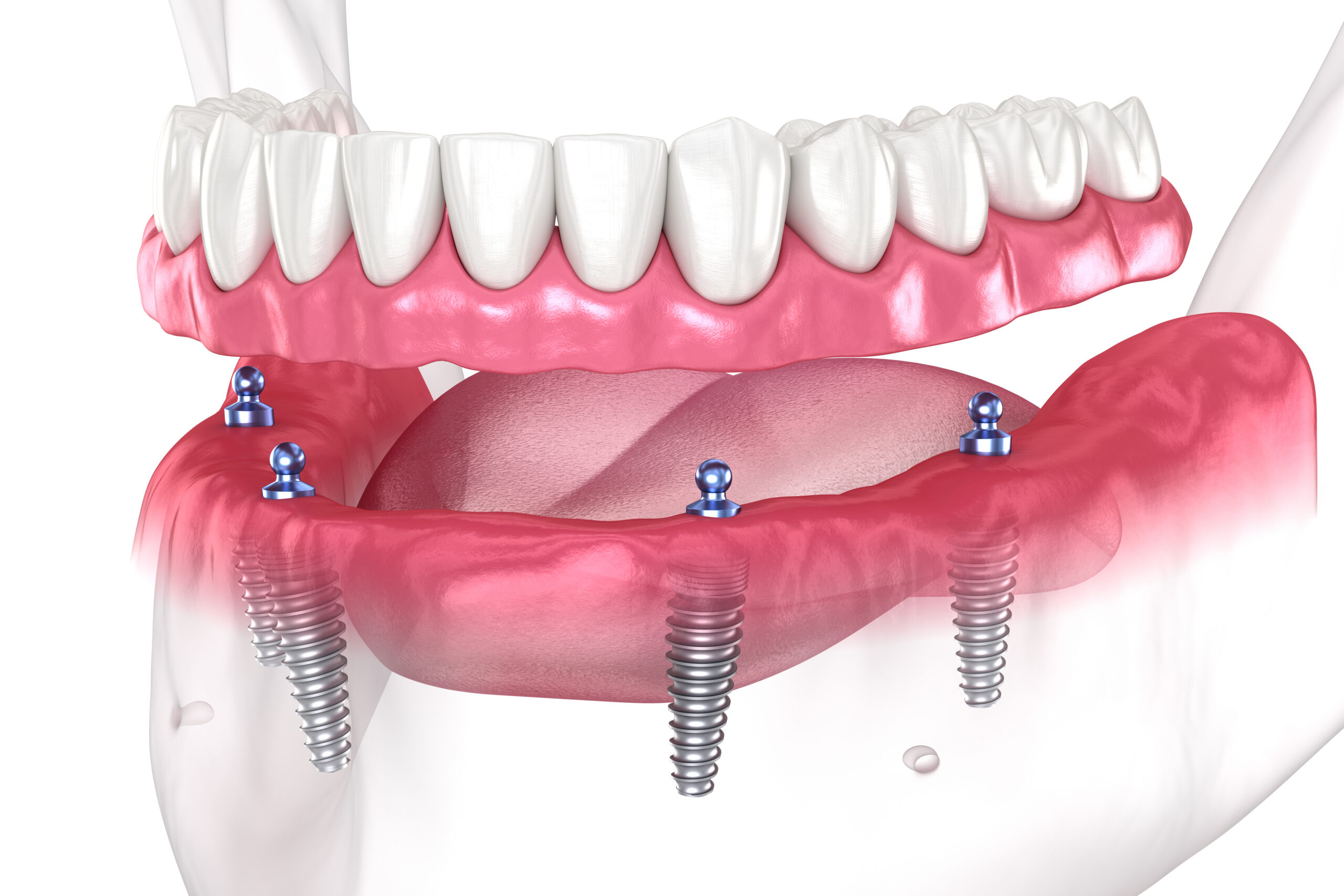Our Dental Sense Ideas
Our Dental Sense Ideas
Blog Article
Fascination About Dental Sense
Table of ContentsThe Best Strategy To Use For Dental SenseGetting The Dental Sense To WorkNot known Facts About Dental SenseAbout Dental Sense
are clinical tools operatively dental implanted right into the jaw to bring back an individual's capacity to eat or their appearance. They provide assistance for synthetic (fake) teeth, such as crowns, bridges, or dentures. When a tooth is lost due to injury or disease, a person can experience problems such as fast bone loss, faulty speech, or modifications to eating patterns that lead to pain.Dental implant systems contain an oral implant body and oral implant joint and may additionally consist of a joint fixation screw. Kids dental. The oral implant body is operatively placed in the jawbone instead of the tooth's root. The oral implant joint is normally connected to the dental implant body by the abutment fixation screw and extends with gums into the mouth to support the affixed synthetic teeth
(http://tupalo.com/en/users/8103990)Framework of The Dental Implant System selecting dental implants, talk with your dental supplier concerning the potential advantages and risks, and whether you are a prospect for the procedure. Points to take into consideration: Your overall health is an important variable in identifying whether you are an excellent prospect for oral implants, exactly how long it will certainly take to heal, and for how long the dental implant may remain in area.
Smoking may impact the healing process and reduce the lasting success of the implant. The healing procedure for the implant body may take numerous months or longer, throughout which time you commonly have a momentary abutment instead of the tooth. the dental implant procedure: Carefully adhere to the dental health guidelines provided to you by your oral company.
Top Guidelines Of Dental Sense
Implant failing can cause the demand for another operation to repair or replace the implant system. Restores the capacity to eat Recovers cosmetic look Assists keep the jawbone from reducing because of bone loss Preserves the health of the bordering bone and gum tissues Assists keep nearby (neighboring) teeth secure Improves quality of life Damage to surrounding natural teeth throughout implant placement Injury to the surrounding tissues throughout surgical procedure, such as sinus perforation Injury during surgical procedure (as an example, fracture of bordering jawbone) Poor function, such as seeming like the teeth do not bite together generally An experience that the tooth hangs or twisting in place resulting from an abutment screw loosening Implant body failing (looseness of the implant body) as a result of systemic infection, which may be more probable in patients with uncontrolled diabetes mellitus as a result of neighborhood infection in bone and gums supporting the dental implant body as a result of postponed healing, which may be more probable in individuals that smoke Problem cleaning up the gum tissues around the implant, causing poor oral hygiene Unattended periodontal illness Post-surgical feeling numb as a result of nerve impingement or damages Constantly notify healthcare suppliers and imaging service technicians that you have dental implants before any kind of magnetic resonance imaging (MRI) or x-ray treatments.
FDA is not knowledgeable about any type of adverse events reported for MRI or x-ray procedures with oral implants. Oral implants systems are commonly constructed from materials that comply with worldwide agreement standards of the International Organization for Standardization (ISO) or ASTM International. These standards have details of what makes a secure product.

An oral implant is a structure that replaces a missing out on tooth. With screw-like tools, the surgeon inserts a dental implant right into the jawbone, and it works as a support for a man-made tooth, called a crown. A gadget called an abutment connects the artificial tooth to the oral implant. The crown is customized to fit the person's mouth and match the shade of their teeth.
Getting The Dental Sense To Work
Some people are not qualified for oral implant surgical treatment. It is for dental doctors to operate individuals with: acute illnessuncontrollable metabolic diseasebone or soft cells disease or infectionIf these concerns are resolved, a person can have the surgical procedure. In, dental doctors avoid operating people with: If individuals with any of the above undertake oral implant surgery, there is a higher risk of the implant falling short.

Dental implant surgical treatment is a customized procedure. It's not the same for everybody. The following offers a general overview of what you can anticipate your dental professional, dental cosmetic surgeon, periodontist or prosthodontist to do: Position the implant operatively. Offer you time to recover. Connect the article and final crown, bridge or denture.
Next off, your specialist will very carefully put the oral implant right into your jaw. Ultimately, your doctor will certainly rearrange your gum tissues and close the laceration with stitches. If your implant is near the front of your mouth, your dental practitioner will make a temporary tooth for you to use up until you heal. This way, you will not have a space in your smile while you recuperate.
An Unbiased View of Dental Sense
Your copyright can tell you what to expect straight from the source in your situation. Throughout the recovery stage, your jawbone should fuse to the dental implant. This process, called osseointegration, is essential for stability and lasting success. This process can take anywhere from three to nine months. Sometimes, it may take much longer.
As soon as your dental implant heals, your dental practitioner can connect the abutment (small port message) and your last reconstruction (crown, bridge or denture). This usually takes about one hour to finish and might call for a second minor surgical procedure. You shouldn't feel any type of discomfort during your dental implant procedure because your service provider will utilize medicine to numb your periodontals.
Report this page